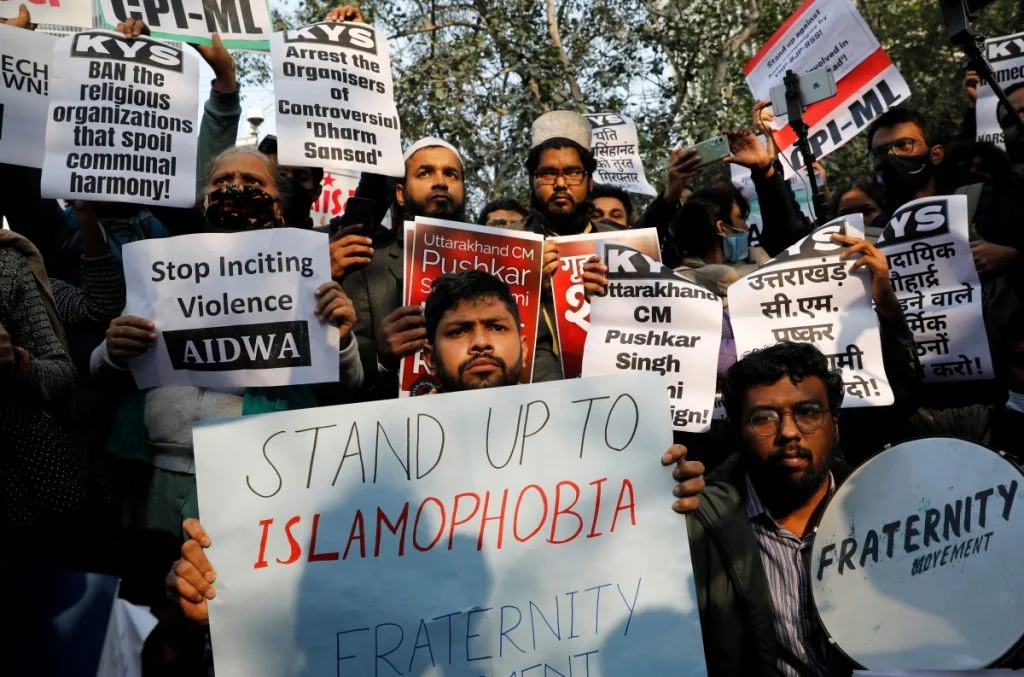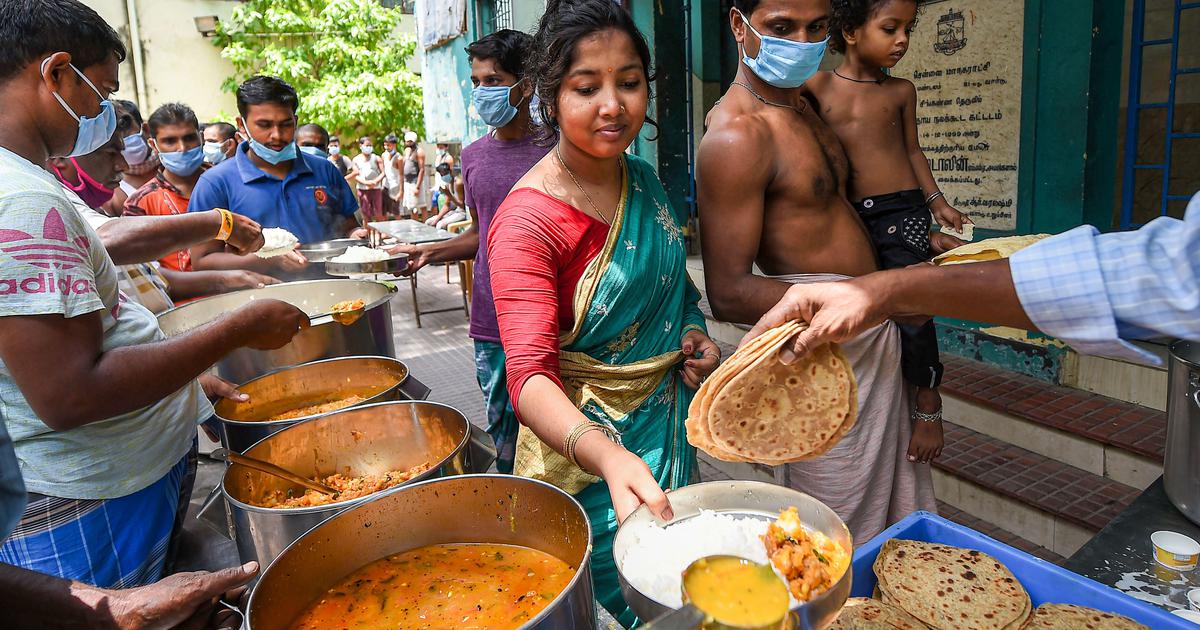Sitting at home amidst this lockdown has not become a reason to obstruct the continuation of my studies; as of this time I think to have got the longest number of holidays while classes are at a hiatus, with the blessing of online video conference classes. I am privileged enough to think that this time I’ll work hard to achieve my career aspirations. While I am feeling very happy, some of my peers are not. They do not have Wi-Fi at home to endorse online classes and are facing a lot of complications regarding connectivity and access to the internet.
Although they can still sustain a mobile internet connection providing 1.5 GB per day living in the suburbs of the city, students who live in the remote villages have almost no or little access to the internet. Amid any crisis, an affordable internet connection plays a crucial role, but what we are seeing is some are better off while others are worse off in these trying times. While fighting to bridge this gap for almost two decades, were we ready for an unforeseen global pandemic along with a global economic crisis?

India’s digital divide crisis and implementation of efficient e-governance policies take a long way back. India became the world’s second-largest country consisting of 630 million subscribers of the internet in the year 2019, with the greater chunk living in the urban areas. Sustainable prices of mobile phones and data connection has made data consumption up to 9GB per month which amounts to watching 16 hours of a video compared to which was 15 minutes in 2015.
Amid any crisis, an affordable internet connection plays a crucial role, but what we are seeing is some are better off while others are worse off in these trying times. While fighting to bridge this gap for almost two decades, were we ready for an unforeseen global pandemic along with a global economic crisis?
The Telecom Directory of India released that the country has an internet density of 48.4, which represents the number of internet users per 100 people in the population. In a country with a population of above 130 crores, 66% of the population resides in rural areas where the internet density is 25.3 and the rest of the 34% lives in urban areas where the internet density is 97.9.
An anomalous situation due to pandemic and the consequent lockdown has exposed the stark digital inequality and inequity in distribution of information and communication technologies (ICTs) at every corner of India. Before the lockdown was initiated, students were told to leave hostels due to agglomeration and return to their homes. Lack of efficient connectivity and technology is a curse for the disadvantaged and vulnerable communities, the tribes and the marginalised, because the classroom was a place which they found to be liberating. Not only students, teachers are also suffering due to lack of technical know-how. Digital inclusion may be on the rise but digital empowerment is a feat that needs to be achieved.
Swati Moitra, who is a professor at Gurudas College affiliated to University of Calcutta said, “Having 4G and getting 4G are two different things”. She apprehends the future of the students who live in areas with stark digital varsity. Without a proper internet connection, e-resources and e-libraries are difficult to access. Digital education is not at par with students from different subjects, who require a one-to-one interaction which happens in the classroom.
Geographical location plays an important role in dispersed digitisation. School and college students who live in the remote mountainous regions, the sparsely populated regions of Rajasthan, villages in border regions and the dense forests of North India, face difficulties regarding connection that urban people may hardly face. School students who study in government schools under the Sarva Shiksha Abhiyan (Education For All), mostly do not have any sort of internet connectivity in their homes.
Before the lockdown was initiated, students were told to leave hostels due to agglomeration and return to their homes. Lack of efficient connectivity and technology is a curse for the disadvantaged and vulnerable communities, the tribes and the marginalised, because the classroom was a place which they found to be liberating.
There also exists a digital gender divide. Out of the mobile phones’ user population 67% account for men and only 29% account for women. Women are not allowed to have smartphones and are given primitive phones with limited or no internet connectivity. Patriarchal society believes that women do not need mobile phones because they mostly stay at home more than men. Digital empowerment creates greater awareness, independence and an urge of mobility for women which is not acceptable to the digital patriarch of the households.
Barriers due to social cleavages like English language proficiency, or expertise in dominant regional languages makes it cumbersome for people to access information through the internet. Studies also reveal that during a crisis, information to the remote rural areas are often delayed.
Also read: How Is The Covid-19 Lockdown Affecting Farmers?
Time to Think
After reading all these facts the question arises, why there still exists a stark digital inequality in a country which is battling to promote e-governance for around two decades? A country with a huge and prosperous media and entertainment industry, why are people required to visit local stores or meeting grounds to watch news or movies? Even after the presence of a huge telecommunication market in India, many stand out of its sphere, why is it so?
E-governance was structurally established in India, to make public services closer to citizens to reduce costs and execute several governmental activities easily. By how much the benefits of e-governance will trickle down depends on the digital literacy of the citizens. We have overcome those times when we had to stand in long queues to perform financial and daily activities. Now with one tap we are able to transfer money, order food, clothing, groceries and many other things online. Speedy development of digital services especially in urban areas marks the progress of Indian government.

The Ministry of Health and Family Welfare, urged the citizens to work from home and educational institutions to shift classes online during the lockdown period. What seemed like holidays for some, seemed a life and death situation for others. Farmers, migrant labourers, daily wage labourers, workers who belong to the informal sector and MSME workers are under the fear of losing their jobs after the pandemic is over. The people who live in remote villages were the last to receive information about the lockdown after being beaten by police while going for work. Ironically, realising the importance of internet and telecommunication services were considered essential by the Home Ministry on March 24, 2020.
The Ministry of Health and Family Welfare, urged the citizens to work from home and educational institutions to shift classes online. What seemed like holidays for some, seemed a life and death situation for others. Farmers, migrant labourers, daily wage labourers, workers who belong to the informal sector and MSME workers are under the fear of losing their jobs after the pandemic is over.
According to John Maynard Keynes, during any crisis the government has to intervene in the market to promote welfare of the underprivileged. In this situation, the government has to incentivise private telecommunication and internet service providers to increase data usage limits and provide in underserved areas free or at a very low price. The Universal Service Obligation Fund (USOF) generated through the Universal Access Levy, that charges telecom service providers can be used to provide subsidies to the respective companies.
BharatNet which was predominantly established to provide internet connectivity to local Gram Panchayats, should now be focused on providing sufficient digital services to the remote rural areas. In areas where proper infrastructure implementation is not possible at this moment, special Wi-Fi hotspots can be created with enough internet density to avoid conglomeration. Funds from PM Relief Fund or PM Cares Fund can be used to generate such services in such an apocalyptic situation.
Also read: Children In COVID-19 Lockdown: Abusive Households And Street Children
The path to eradicate digital divide is a long way to go. In a country, with speedy digital inclusion, digital empowerment can be achieved with proper rural development schemes.
References
Debarati Ganguly is an undergraduate second-year student of Economics. Her research interests lie in international politics, feminism, gender-caste-class structure, development and poverty. She aspires to be an educator on social science and a social worker in the future. Writing is her passion and during her leisure hours she loves to watch movies and listen to music. You can find her on Academia.
Featured Image Source: Elets Technology




